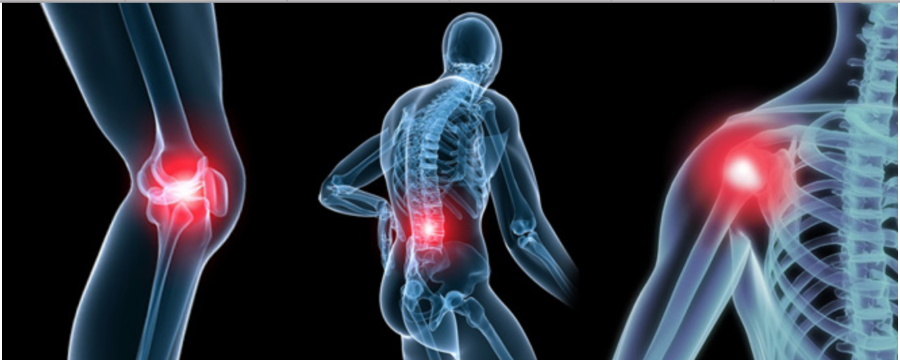Unlocking the Secrets of Cryotherapy: The Revolutionary Science of Injury Recovery
Cold therapy, also known as cryotherapy, is a treatment method that involves the application of cold temperatures to an injured or painful area of the body. Cold therapy aims to reduce inflammation, swelling, and pain by slowing down blood flow and metabolism in the affected area. One popular form of cold therapy is the Aircast Cryo Cuff, a brace that provides compression and cold therapy to the affected joints.
The Cryo Cuff is a brace that holds cold water and is designed to be worn post-op surgery and can treat various conditions, including sprains, strains, and arthritis, using water therapy. The cuff inflates and deflates, compressing the affected joint and promoting proper circulation. The unit also circulates cold water to the affected joints, which helps reduce inflammation and pain.
The Cryo therapy units should be used for 6-8 hours at a time, several times a day, depending on the severity of the injury. It is essential to follow the instructions for use that come with the product and to confer with a proficient healthcare expert to determine the appropriate treatment plan for your case.
Cold therapy should not be used for an extended period, as it can cause damage to the skin and underlying tissues. It is also essential to keep the affected area elevated to reduce swelling and to avoid using heat therapy in conjunction with cold therapy, as this can cause further inflammation.
Individuals with poor circulation, cold allergies, or sensitivity to cold temperatures should avoid using cold therapy. Avoid using it on open wounds or skin infections. People with Raynaud's disease, or other conditions that affect blood flow to the extremities, should also avoid cold therapy. Pregnant women should also avoid cold therapy, especially in the abdominal area.
Some common areas to treat with cold therapy include:
- Muscles and joints: Cold therapy treats muscle strains, sprains, and soft tissue injuries. Use cold therapy to alleviate pain and inflammation associated with arthritis and other joint conditions.
- Headaches and migraines: Cold therapy is applied to the neck's temples, forehead, and back to reduce headache and migraine pain.
- Injuries: Cold therapy diminishes swelling and pain associated with injuries such as bruises and contusions.
- Skin conditions: Cold therapy can lower inflammation and itching associated with conditions such as eczema, psoriasis, and insect bites.
- Post-surgery recovery: Cold therapy decreases swelling and pain associated with surgical procedures such as plastic surgery and orthopedic surgeries.
- Sports injuries: Athletes often use cold therapy to reduce pain and inflammation associated with sports injuries, such as sprains, strains, and contusions.
- Overuse injuries: Cold therapy alleviates pain and inflammation associated with overuse injuries such as tennis elbow and runner's knee.
In conclusion, the Aircast Cryo Cuff is a popular cold therapy used to treat various knee conditions. It provides compression and cold therapy to the knee joint, promoting proper circulation and reducing inflammation and pain. With the appropriate use, cold therapy can be a very effective treatment option for knee pain and injuries. However, it is vital to use it under the guidance of a healthcare professional, follow the instructions for use, and be aware of the precautions and contraindications for cold therapy.
.png)


 Canadian Dollar
Canadian Dollar  US Dollar
US Dollar 






























.png)
